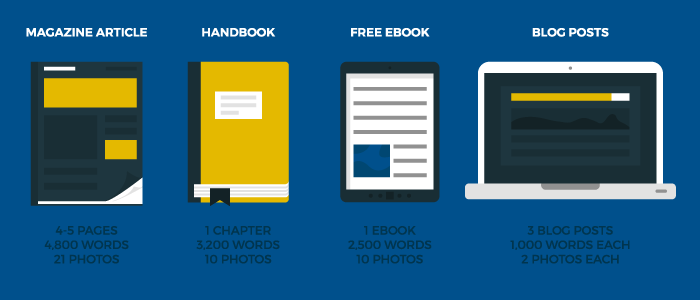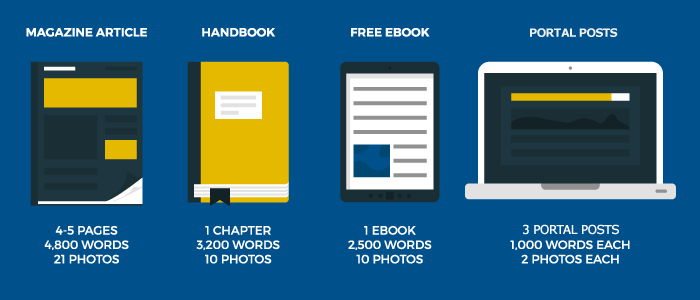
You can create multiplatform content much easier than you think, and it won’t cost you more than a modest amount of time.
A decade ago we didn’t hear a lot about multiplatform publishing, but today it’s all around us. For example, content produced for The New Yorker isn’t just for the magazine, it gets turned into snippets in their emails, videos, spoken through audiocasts, licensed through their cartoon bank, sold in their store, told out loud at their events, and finally, configured for mobile devices. Sometimes, they even create apps that only use specific content.
But the one thing that publishers often forget to do is recycle their old magazine content into new content for their portal.
That’s a pretty big mistake.
Some might hang onto their paywall, blocking all access, or metering access. Meanwhile, the most successful publishers we know have dug into their 10 and 20-year old archives to find evergreen content they can cut up and deliver into bite-sized pieces through their portal. Those bite-sized pieces can be optimized for search and, in turn, bring them more paying subscribers to the site.
Taking one product and making it many products
Want to go cheap? You can go cheap. And you can produce a lot of content and profit that way.
You don’t even need a whole new content department, just some savvy editors. Magazine publishers who recycle content strategically are building giant multiplatform publishing businesses by recycling content like so:
There are, of course, many different versions of this cycle depending on what you’re publishing, but the premise is the same: Take one thing and turn it into many things.
Create the most accurate content by compiling first-person knowledge from reputable sources and making it available to your audience through various platforms.
- Start with a magazine article.
- You can then use that content to create other products. At this point, you simply ask one of your designers to add the article as a chapter to the latest handbook you’re developing.
- And while he’s at it, he can turn it into a downloadable e-book. No need for other content.
- From there, you can break it into three portal posts.
But the best part comes after:
- Each of those portal posts promote the free ebook.
- And that free ebook promotes the handbook.
- And that handbook promotes your magazine.
There could also be podcasts, videos, or special edition magazine apps that come out of this transformation.
The circle of content life – isn’t it beautiful?
Each bit of information given away for free should become a unit of content with several lives – created once and used, repackaged, and reused many times and monetized over and over again. In this “re” system of publishing – recycle, reuse, republish – a publisher also uses content written for, deployed to, and even contributed by readers to create additional products. Further, the content can be used for marketing purposes rather than spending money on costly media such as direct mail lists, television ads, billboards, pay-per-click, etc.
Special-interest media consumers will always choose multiple platforms to experience special-interest knowledge from a single source. This has many implications for how we gather, store, package, distribute, market, and support special-interest knowledge.



